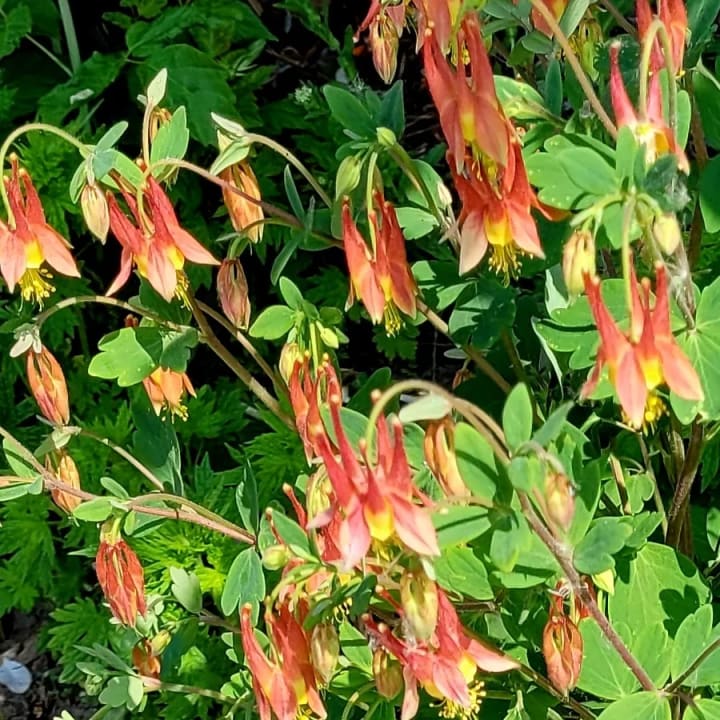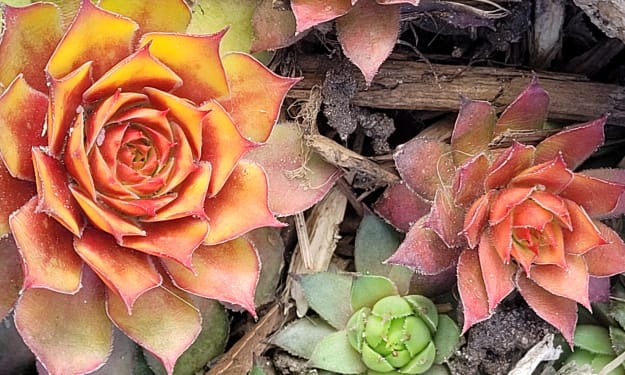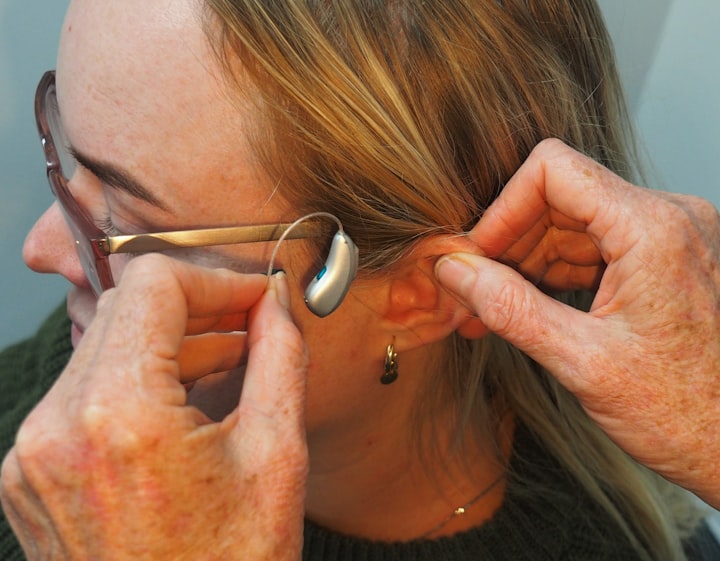Be Kind to Garden Creatures--Including Each Other
No one has all the answers, despite what you might think.

I’m a gardener. I garden for many reasons—for pollinators, for native species, for food, for my community, and I’m not ashamed to admit it—mostly for me.
See, gardening—really getting my hands and knees and soul into the soil—is one of the meds prescribed for my mental health. Sure, I’m on pharmaceuticals (and emergency pharmaceuticals) but nothing keeps me more grounded (pun intended) than watching plants and wildlife thrive under Mother Nature’s (and my own) watch.
I like to say I know nothing about gardening; I’m not scientific in my approach and I don’t always appreciate what type of soil is best for which plant, or what grows best beside another plant. I do my best, and I do it with love and mindfulness.
I do my best.
My front pollinator garden is charming but often messy—just like me. Does it look like someone with a short attention span planted everything? Very likely. Do colors flow and compliment each other, or does it seem blooms have been planted with neither rhyme nor reason? Well, sometimes, and yes, sometimes. I’m ok with that. I’m often as messed up in my garden as I am inside my house. Since my last brain injury, tidiness is not a trait I can identify with.

I do my best.
I talk to and apologize to my garden creature friends, whether they are plants I accidently step on or birds or bunnies I scare away when I approach. I understand I’m in their habitat.
This year, I’m completing the Canadian Pollinator Partnership Stewardship Certification, which means I’ve taken courses to educate myself and my community in effective planting for native pollinators.
And yet, despite planting native pollinator plants and pulling invasive plants and weeds, I can’t keep up with everything I’d like to accomplish. It’s a challenge, but a worthwhile, satisfying one. And that’s just my front yard.
My back yard is 200 feet long, and by the time I pull weeds from the front to the back, it’s time to start at the front again. I have invasive lily of the valley, garlic mustard, and knotweed. The previous owner of our house, a master gardener, no less, planted lily of the valley where nothing else would grow, and the knotweed—well, it was isolated in a spot behind the garden shed. Note the past tense—it was. Seven years on, and I’m still finding it, although there is less each year.
That’s right, a master gardener planted lily of the valley and knotweed. Years ago, yes, but she planted these poisonous, noxious, and invasive species. She wasn’t a nut, and it’s not like she didn’t care about her garden or the health of her plants: years ago, it was quite acceptable to plant exotic, imported plant species.
That’s before we understood the environmental toll they take on our environment, our pollinators, and our native plants, before most of us had heard of phragmites or purple loosestrife.
And here’s where I’m going with this. Many of us used to garden without necessarily thinking of the future of our planet. We didn’t have countless social media special interest groups to join, nor did we have courses like the one I’m taking. Indigenous wisdom wasn’t something that we talked or learned about. Nobody cared where plants came from; rather, they marveled at the exoticness of the species they were sowing.
Wow, did we—and do we—have a lot to learn. And here’s where I say I know nothing about gardening. I’m a student; we all are. None of us is omniscient.

It’s terrific that we have social media groups like Urban Gardeners or Master Gardeners of Ontario. Pollinator groups have been developed at regional and national levels. And organizational websites like the one from The Ontario Invasive Plant Council are incredibly useful in empowering us to act against invasive plants. Heck, we can even report on and tell each other what stores continue to sell invasive species and let those retail outlets know there are alternatives.
And here’s where we become human. This is where we need to be kind.
We need to remind ourselves that each gardening student, each steward of our planet, is learning—learning at different levels, using their unique skill sets, and I believe, attempting to do their best.
Education, not condemnation, helps the learning process. It doesn’t benefit rookies to berate them for what you might think is their pure ignorance. We have varied access to resources and shared knowledge. In my social media journey, I’ve witnessed curt and somewhat ridiculing responses to ‘beginner’ gardening questions (not to me personally). Thank goodness it doesn’t happen very often, but I’ve been floored by what some folks call constructive criticism. If someone’s only ‘happy place’ is their garden, why taint it by being judgmental? It certainly sounds at odds with what I think is at the heart of gardening. Would I call it bullying? Nah, but consider—instead of slapping someone’s hand, why not take it in your own and journey together? What a gift it is to share our knowledge, to help others grow.
If someone is proud of their heritage garden, don’t criticize them for having no native plants. Have they thought of creating an area for native pollinators? Are you able to offer—not preach—alternatives? I’ve read online threads where some folks are scolded for what they’ve been growing for years. I think helpful would work here much better than holier-than-thou. And for Pete's sake, congratulate rookies for taking the first step--their reasons for gardening might be different than yours, but we all have the right idea: dirt is good!
My garden isn’t entirely native. But here’s what I do have: coneflower, black-eyed Susans, columbine and three types of milkweed. Perhaps half of my garden—and nearly all my grasses—are native. I have host plants and shelters for pollinators. I plant garlic and vegetables in my front flower garden; I’m feeding people and pollinators. I haven’t had a lawn in five years. And I have behemoth elephant ear hostas, alongside my ‘goth’ lilies—Bela Lugosi and Nosferatu varieties. I am a horror author, after all.
Encouragement and alternatives to planting invasives gives gardeners an opportunity to try something new, to create an environment that is much kinder to our planet. Let’s create social media groups that welcome both newcomers and veterans and provide a safe space to ask questions.
We are all growing, literally and figuratively. We are stewards of our beautiful, vibrant Earth. Together, we can mitigate food insecurity and the effects of climate change. Let’s remember to be kind to all our garden creatures—including each other.
And let’s all do our best.
If you liked this story, please hit that little 'heart' icon. Comments and shares are welcome, as are tips! Read my other garden stories on Vocal, and if so inclined, like them too! Tips help me buy educational/interactive signs for the garden. Thank you for reading.
About the Creator
Catherine Kenwell
I live with a broken brain and PTSD--but that doesn't stop me! I'm an author, artist, and qualified mediator who loves life's detours.
I co-authored NOT CANCELLED: Canadian Kindness in the Face of COVID-19. I also publish horror stories.






Comments
There are no comments for this story
Be the first to respond and start the conversation.